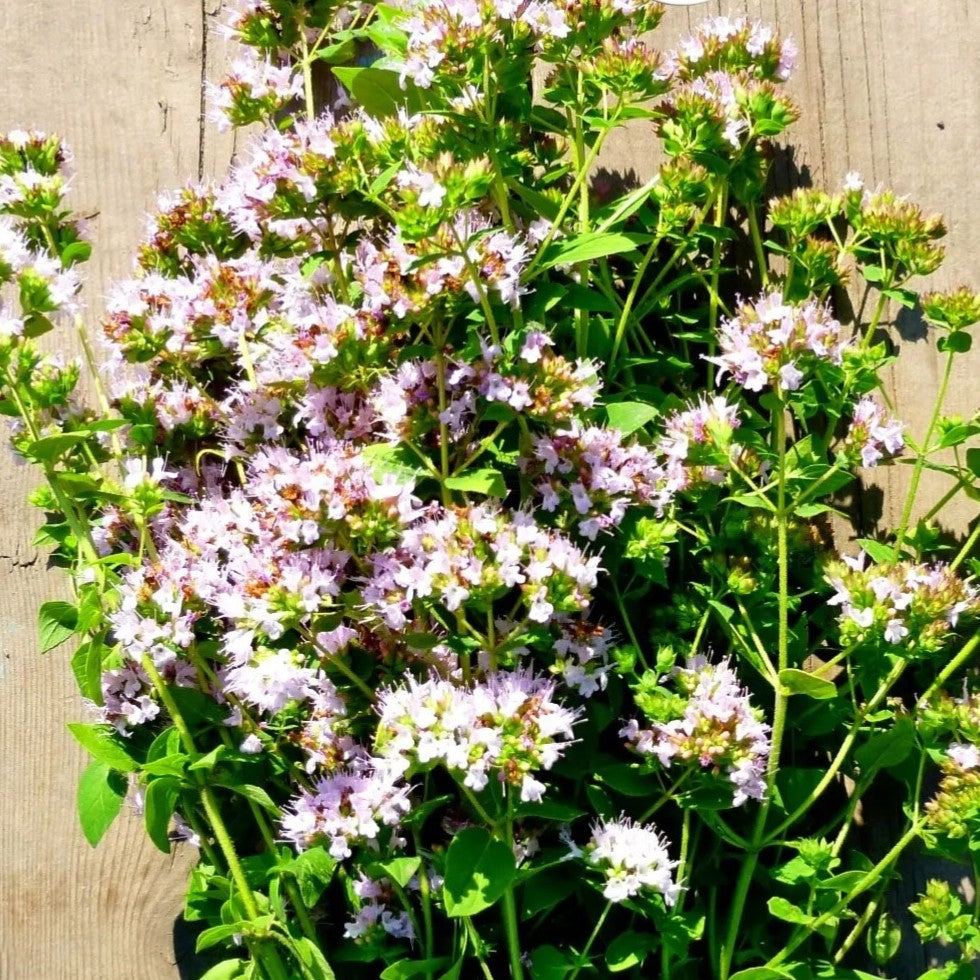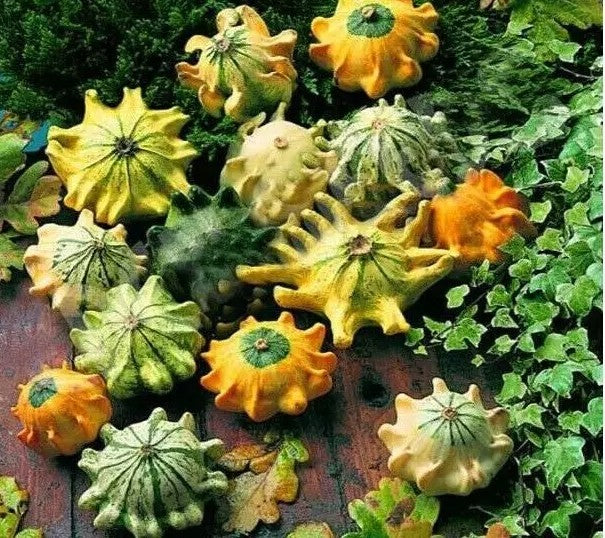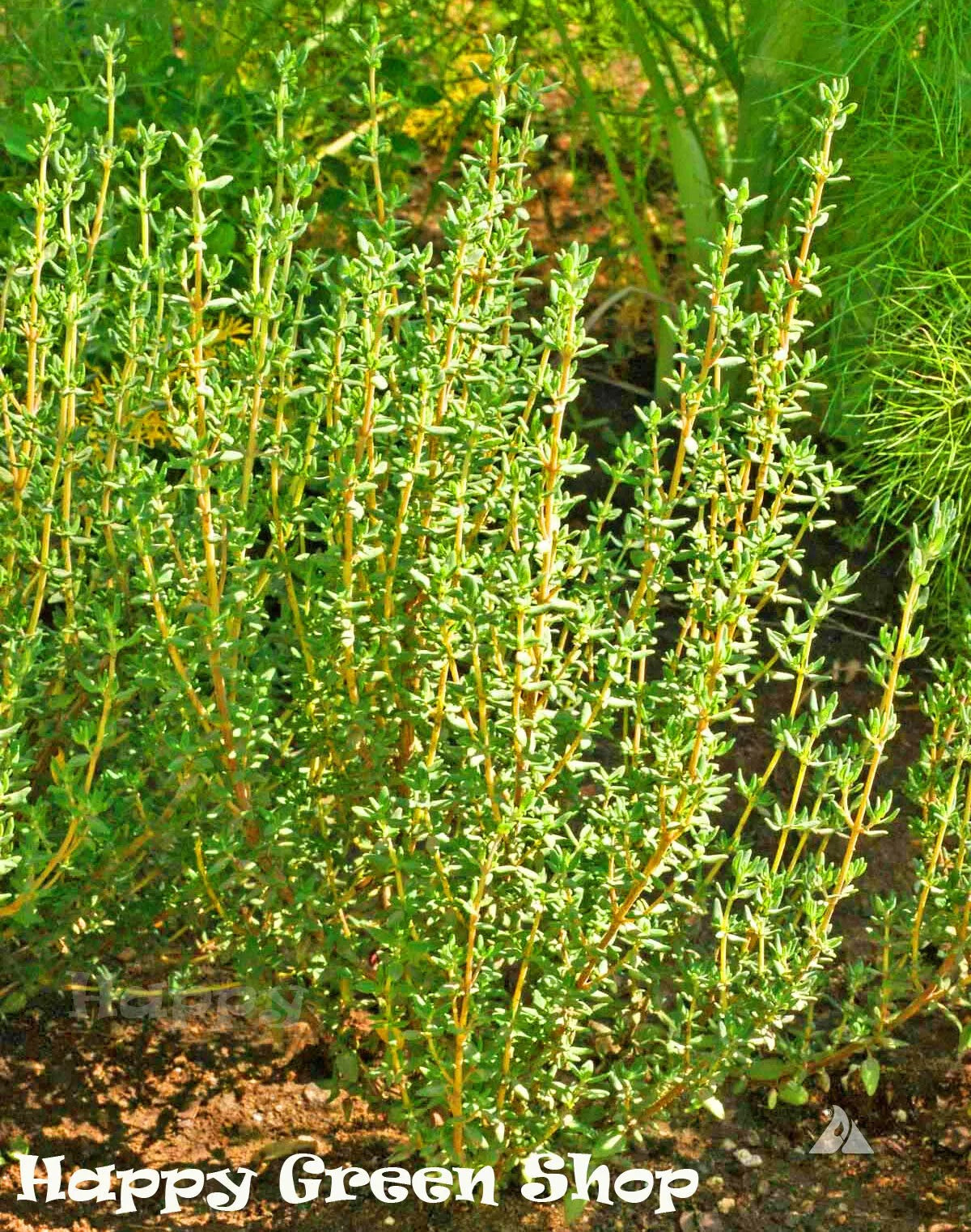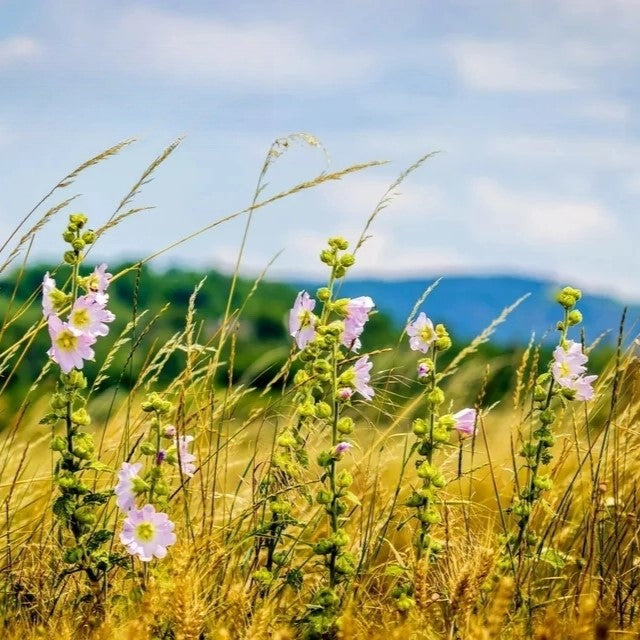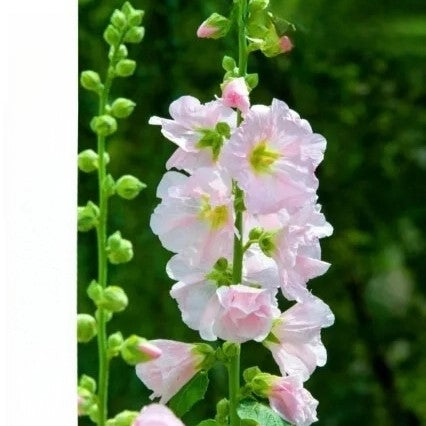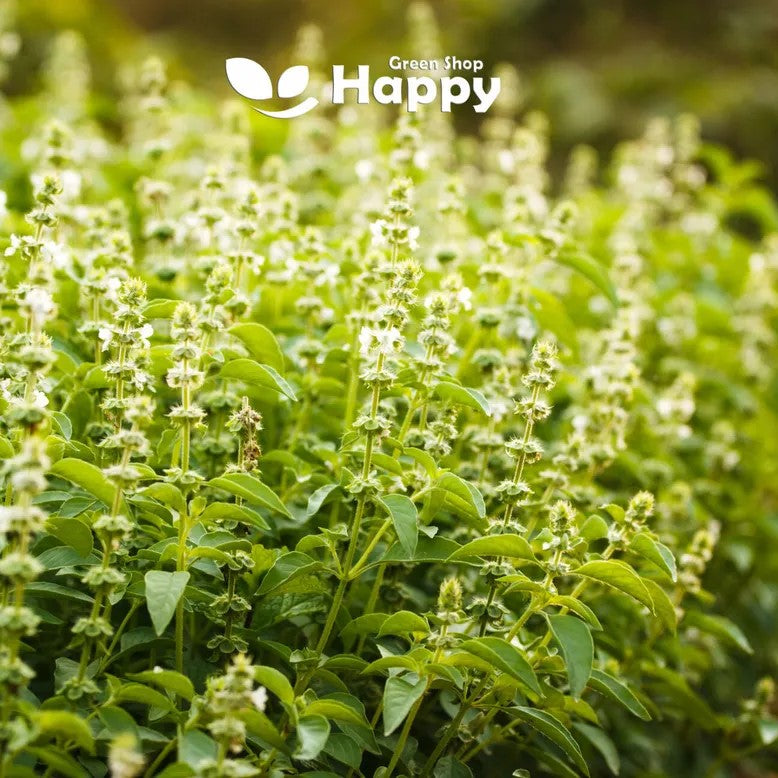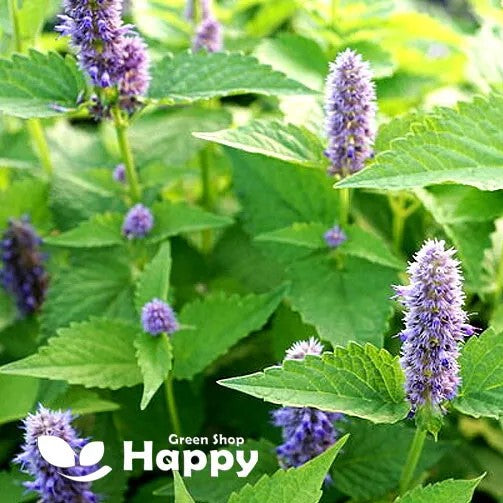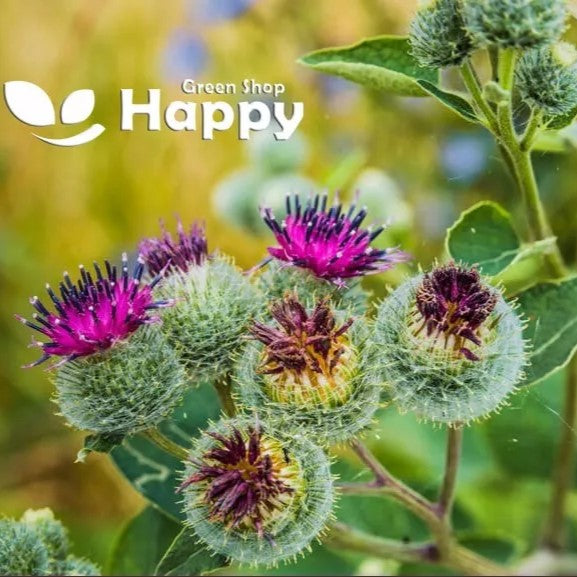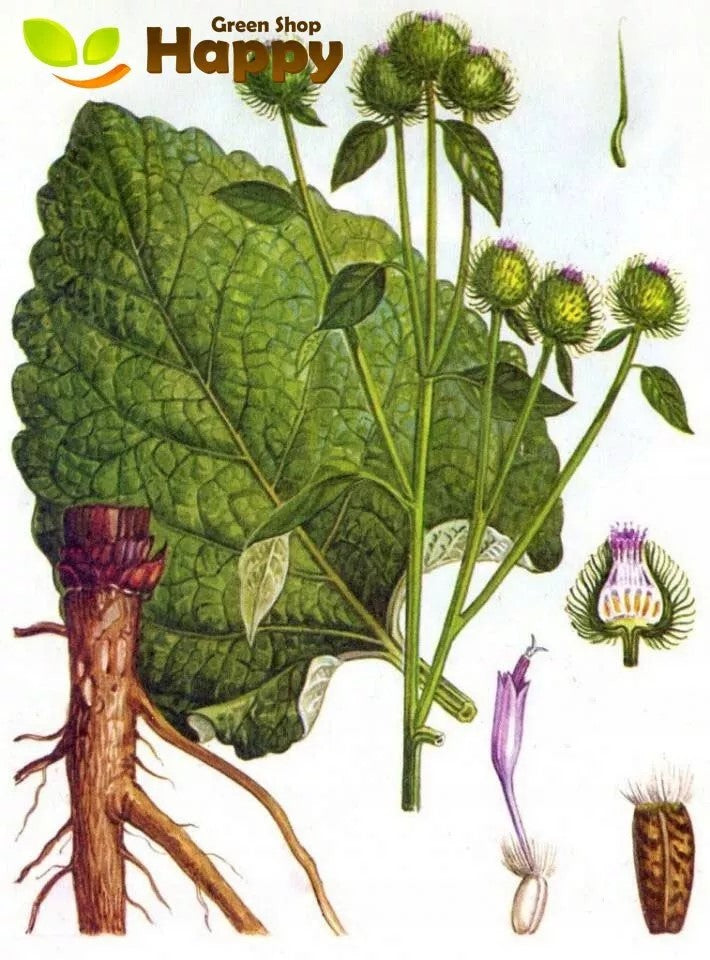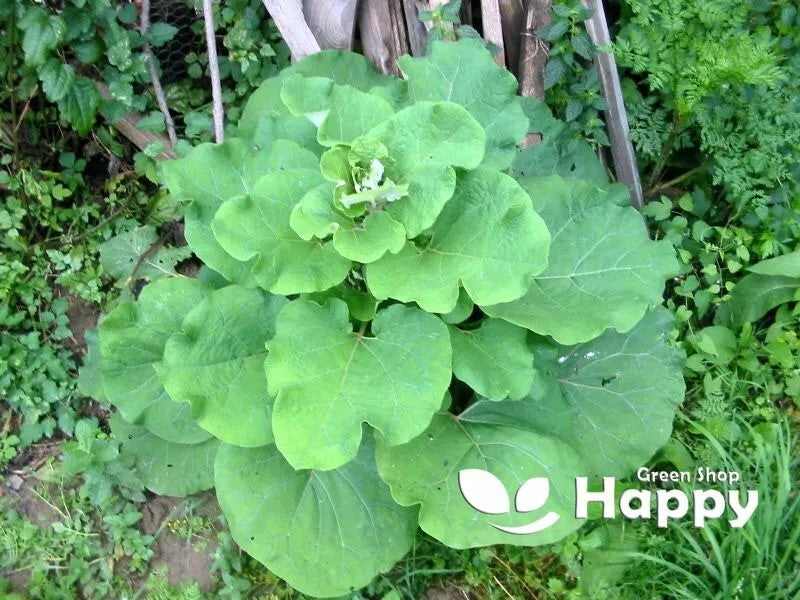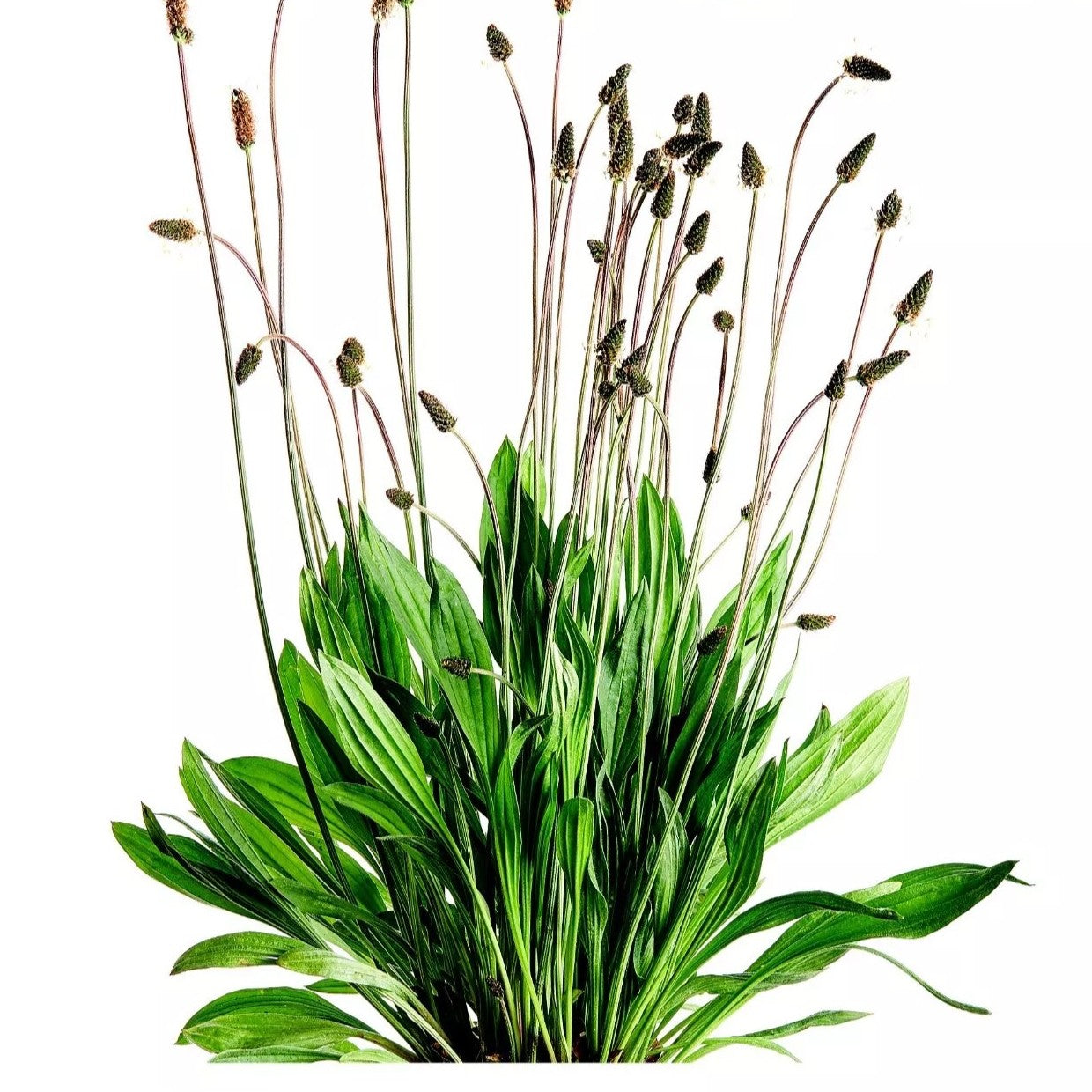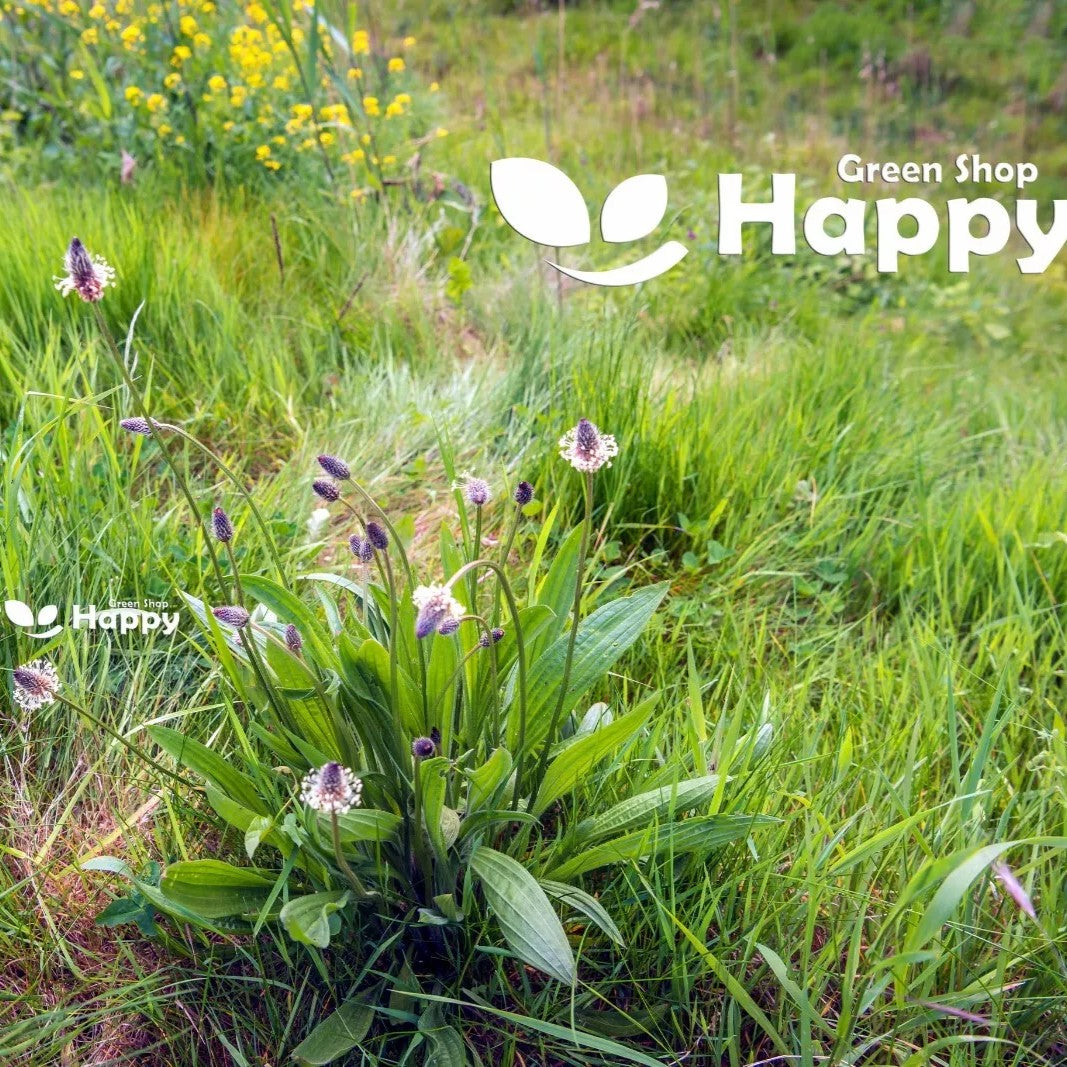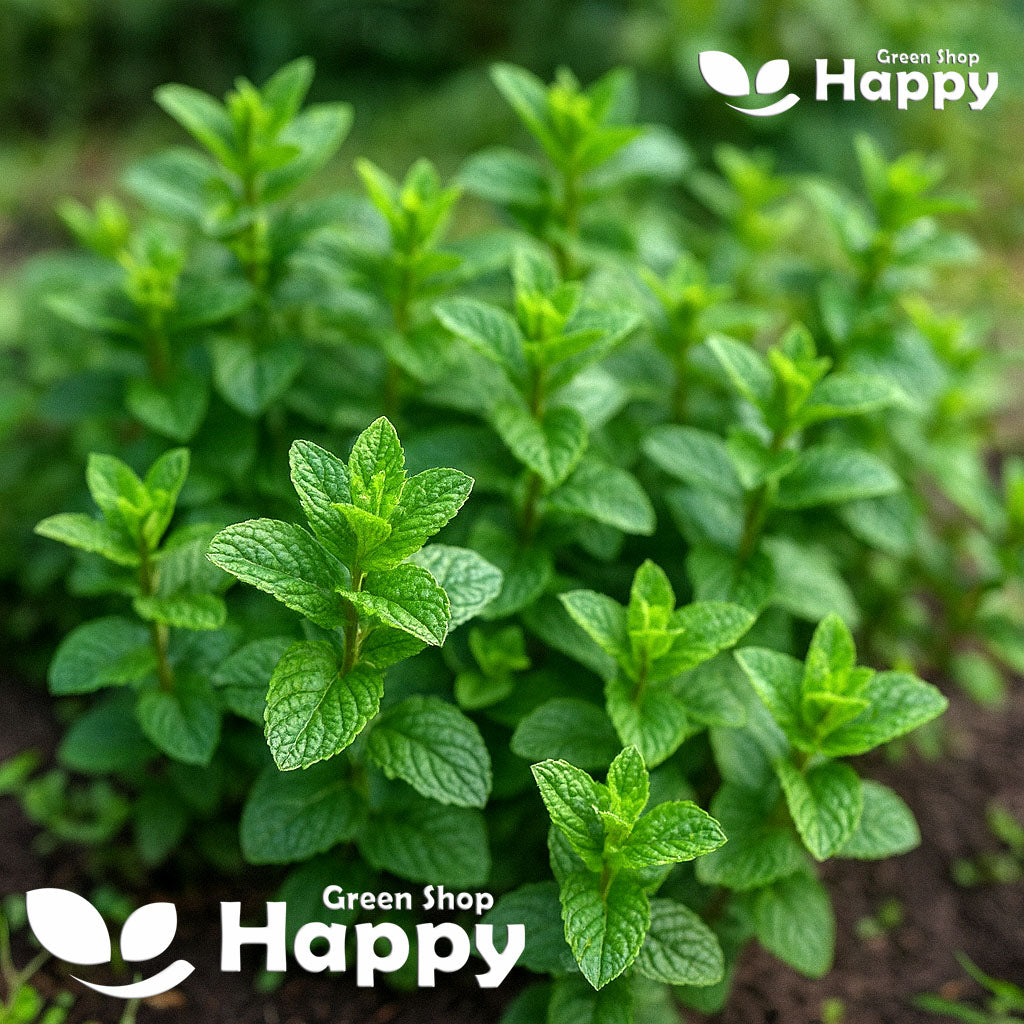Sort by:
47 products
47 products
Marsh Mallow – Seeds (Althaea officinalis)
Marsh Mallow is a hardy perennial herb known for its tall, elegant growth and soft, velvety leaves. Traditionally valued for its medicinal properties, its roots and leaves can be used in herbal remedies, teas, and natural skincare preparations. The plant also produces attractive pale pink flowers that add charm to herb and cottage gardens.
Ideal for garden beds, borders, and natural herbal plots, Marsh Mallow is easy to grow and low-maintenance once established.
How to Grow
-
Sow indoors: February – April
-
Sow outdoors: April – May
-
Depth: 0.5–1 cm
-
Spacing: 40–50 cm between plants
-
Position: Full sun to partial shade
-
Soil: Fertile, well-drained, moist
-
Watering: Regular watering until established
Key Features
-
Hardy perennial herb with medicinal and culinary uses
-
Soft, velvety leaves and pale pink flowers
-
Ideal for teas, herbal remedies, and natural skincare
-
Low-maintenance once established
-
Suitable for herb gardens, borders, and cottage gardens
Harvest
-
Harvesting period: Summer – Autumn
-
Pick leaves and flowers as needed; roots can be harvested in autumn for medicinal use.
Short Tip
For a continuous supply, harvest leaves selectively and leave some to flower for seeds.
Hyssop Seeds (Hyssopus officinalis)
Grow a timeless herb with Hyssop (Hyssopus officinalis), a fragrant perennial prized for its aromatic leaves and striking blue-purple flowers. Traditionally used in herbal teas, remedies, and as a seasoning, hyssop also attracts pollinators and adds beauty to borders, herb gardens, and containers. Hardy and versatile, it’s an essential plant for both culinary and medicinal use.
How to Grow
-
Sow seeds indoors in spring or directly outdoors after the last frost.
-
Use well-drained, light soil in a sunny location.
-
Sow seeds 0.5 cm deep and thin seedlings to 30–40 cm apart.
-
Keep soil lightly moist until germination (14–21 days).
-
Harvest leaves and flowers throughout summer for fresh or dried use.
Key Features
-
Aromatic herb with blue-purple blooms
-
Culinary, medicinal, and herbal tea uses
-
Attracts bees, butterflies, and pollinators
-
Hardy perennial, easy to grow
-
Adds beauty and fragrance to the garden
Ideal For
-
Herb gardens, borders, and containers
-
Herbal teas, remedies, and cooking
-
Attracting pollinators and beneficial insects
-
Gardeners seeking hardy, multipurpose plants
Sowing
-
Best time: Spring indoors or after frost outdoors
-
Depth: 0.5 cm
-
Spacing: 30–40 cm apart
-
Prefers full sun and well-drained soil
Quick Tip
-
Trim plants after flowering to encourage bushier growth and a second flush of blooms.
Holy Basil Herb Seeds (Ocimum sanctum)
Sacred in Ayurvedic tradition, Holy Basil (Ocimum sanctum), also known as Tulsi, is a fragrant and highly valued herb cherished for its medicinal and culinary uses. With its spicy, clove-like aroma and lush green foliage, it adds beauty to the garden and wellness to your kitchen. A must-have for herb lovers and holistic gardeners.
How to Grow
-
Sow indoors in early spring or directly outdoors after the last frost.
-
Use light, well-drained soil in a sunny location.
-
Sow 0.5 cm deep and keep soil moist until germination.
-
Thin seedlings to 25–30 cm apart.
-
Regular harvesting encourages bushy growth.
Key Features
-
Sacred Ayurvedic herb known as Tulsi
-
Distinct clove-like aroma and flavor
-
Rich in antioxidants and medicinal properties
-
Attractive green foliage with purple flowers
-
Easy to grow in pots, beds, or herb gardens
Ideal For
-
Herbal teas and remedies
-
Traditional and modern cooking
-
Home apothecaries and wellness gardens
-
Indoor pots or sunny outdoor spots
Sowing
-
Best time: Spring after frost
-
Depth: 0.5 cm
-
Spacing: 25–30 cm apart
-
Prefers sunny, warm conditions with well-drained soil
Quick Tip
-
Pinch back growing tips to encourage bushiness and a longer harvest season.
Peppermint – Seeds (Mentha piperita)
Peppermint is a vigorous, aromatic perennial herb with refreshing, minty leaves. Known for its intense flavor and fragrance, it is perfect for teas, desserts, cocktails, sauces, and herbal remedies. Easy to grow and highly versatile, Peppermint thrives in containers, garden beds, and herb gardens, making it a must-have for any culinary or medicinal collection.
How to Grow
-
Sow seeds indoors from February to April, lightly covering with soil.
-
Maintain 18–22°C until germination.
-
Transplant seedlings outdoors after the last frost in a sunny or partially shaded spot.
-
Prefers moist, well-drained soil and regular watering.
-
Trim regularly to encourage bushy growth and prevent flowering.
Key Features
-
Aromatic, perennial herb with strong minty flavor
-
Fast-growing and easy to cultivate
-
Ideal for teas, desserts, sauces, and cocktails
-
Thrives in containers and garden beds
-
Suitable for culinary and medicinal use
Ideal For
-
Fresh and dried herbal teas, desserts, and beverages
-
Herb gardens, containers, and small spaces
-
Gardeners seeking aromatic and multipurpose herbs
Sowing & Harvest
-
Sow: February to April
-
Depth: Lightly covered
-
Harvest: May to October
Quick Tip
-
Regular harvesting of leaves encourages vigorous growth and keeps the plant flavorful.
Herb Sage – Seeds
(Salvia officinalis)
Herb Sage is a hardy perennial herb prized for its aromatic leaves and culinary versatility. Perfect for seasoning meats, soups, and sauces, its gray-green foliage also adds texture and fragrance to herb gardens. Easy to grow and drought-tolerant once established, it attracts pollinators and enhances both edible and ornamental plantings.
Why Grow Herb Sage?
-
Aromatic leaves for culinary and medicinal use
-
Hardy perennial, drought-tolerant once established
-
Attracts bees and pollinators
-
Adds texture and fragrance to gardens
Key Features
-
Type: Perennial herb
-
Height: 30–60 cm
-
Flowers: Blue-purple, late spring to summer
-
Position: Full sun
-
Soil: Well-drained, moderately fertile
Ideal For
-
Herb and culinary gardens
-
Pollinator-friendly plantings
-
Containers, borders, and rockeries
-
Perennial garden beds
Sowing & Growing
-
Sow indoors: February–April in seed trays
-
Sow outdoors: April–May directly in prepared soil
-
Germination: 14–21 days at 18–20°C
-
Spacing: 25–30 cm apart
-
Care: Moderate watering; prune after flowering to encourage fresh growth
Herb Licorice – Seeds (Glycyrrhiza glabra)
Description:
Grow your own natural sweetener and medicinal herb with Herb Licorice (Glycyrrhiza glabra). This hardy perennial produces long roots renowned for their sweet flavor and traditional herbal uses. With attractive feathery foliage and pale blue-lavender flowers, licorice is both decorative and useful in the garden. Ideal for herb gardens and natural remedy enthusiasts, it thrives in sunny, well-drained soil and rewards patience with valuable roots after two to three years of growth.
Key Features
-
Perennial herb with sweet, aromatic roots
-
Pale blue-lavender summer flowers
-
Valued for culinary and medicinal purposes
-
Attractive feathery foliage
-
Long-lived and easy to maintain once established
Ideal For
-
Herb and medicinal gardens
-
Cottage and wildlife gardens
-
Edible landscapes
-
Homegrown natural remedies
Sowing & Growing
-
Sow Indoors: February–April
-
Transplant Outdoors: May–June
-
Germination: 14–21 days at 18–22°C
-
Spacing: 45–60 cm apart
-
Height: 90–120 cm
-
Light: Full sun
-
Soil: Deep, fertile, well-drained
Care Tips
-
Water regularly during dry periods
-
Harvest roots after 2–3 years of growth
-
Mulch to retain soil moisture
-
Protect from frost in colder climates
Great Burdock Seeds (Arctium lappa)
Grow a versatile and medicinally valued plant with Great Burdock (Arctium lappa). Known for its large, edible roots and striking purple flower heads, this hardy biennial is perfect for vegetable gardens, herbal use, and natural landscaping. Easy to cultivate, it also attracts pollinators and adds architectural interest with its tall stems and broad leaves.
How to Grow
-
Sow seeds directly outdoors in spring after the last frost.
-
Use fertile, well-drained soil in full sun.
-
Sow seeds thinly and cover lightly with soil.
-
Keep soil moist until germination (10–20 days).
-
Thin seedlings to 30–50 cm apart to allow ample root development.
-
Harvest roots in the first year for medicinal use or leave to mature in the second year for flowers and seeds.
Key Features
-
Large edible roots valued for culinary and medicinal use
-
Striking purple thistle-like flower heads
-
Hardy biennial with rapid growth and tall stems
-
Attracts bees and pollinators
-
Architectural foliage adds interest to gardens
Ideal For
-
Vegetable and herb gardens
-
Natural or wildlife-friendly landscapes
-
Pollinator-friendly planting
-
Culinary and herbal uses
Sowing
-
Best time: Spring after the last frost
-
Germination: 10–20 days
-
Sow thinly and cover lightly with soil
-
Prefers full sun and fertile, well-drained soil
Quick Tip
-
For the best edible roots, harvest before the plant flowers in its first year.
English Plantain – Seeds (Plantago lanceolata)
English Plantain is a hardy perennial herb valued for its medicinal properties and ecological benefits. Known for its narrow, lance-shaped leaves, it is often used in herbal remedies, teas, and natural skincare preparations. English Plantain is also a beneficial plant for pollinators and soil health, making it perfect for ecological or medicinal gardens.
This low-maintenance plant thrives in a variety of soils and conditions, returning year after year with minimal care.
How to Grow
-
Sow outdoors: March – May
-
Plant spacing: 20–25 cm between plants
-
Position: Full sun to partial shade
-
Soil: Well-drained, moderately fertile soil
-
Care: Minimal maintenance; water during dry periods; remove weeds to prevent competition
Key Features
-
Hardy perennial with lance-shaped leaves
-
Medicinal uses for teas, herbal remedies, and skincare
-
Low-maintenance and drought-tolerant
-
Supports pollinators and improves soil health
-
Suitable for ecological, medicinal, or wildflower gardens
Harvest
-
Harvesting period: 60–90 days after sowing
-
Leaves can be harvested as needed; best used when young and tender.
Short Tip
Sow in well-drained soil and allow natural self-seeding to create a sustainable, low-maintenance plant patch.
Dwarf Spearmint – Seeds (Mentha spicata)
The Dwarf Spearmint is a compact and aromatic herb, prized for its refreshing flavor and versatility. With its smaller, bushy growth habit, it’s perfect for container gardening, herb borders, and kitchen windowsills. Its bright green leaves bring a cool, sweet taste to teas, salads, desserts, and savory dishes, while also offering natural health benefits.
How to Grow
-
Sow seeds indoors in early spring or directly outdoors after frost.
-
Scatter seeds thinly on the surface of moist soil and lightly press down.
-
Keep in a sunny to partly shaded spot with regular watering.
-
Harvest young leaves as needed to encourage fresh growth.
Key Features
-
Compact, bushy spearmint variety
-
Refreshing sweet-mint flavor
-
Excellent for containers, windowsills, and small spaces
-
Perennial herb with continuous harvests
-
Culinary and medicinal uses
Ideal For
-
Fresh teas, cocktails, and infused water
-
Salads, sauces, and desserts
-
Small gardens, pots, and indoor growing
Sowing & Harvest
-
Sow: March to June
-
Harvest: May onwards, throughout the season
Quick Tip
-
Regular trimming keeps plants compact and prevents them from spreading too aggressively.
Showing 45/47



